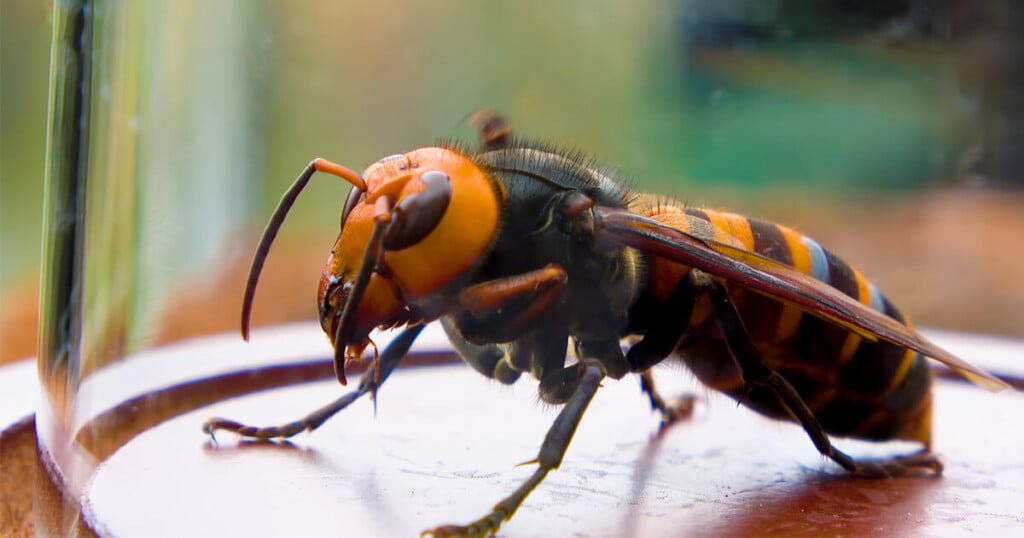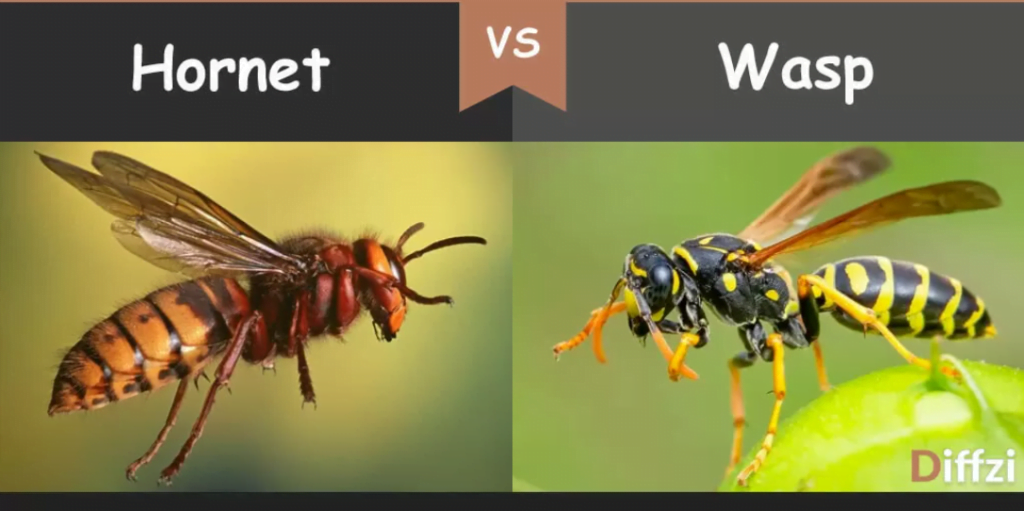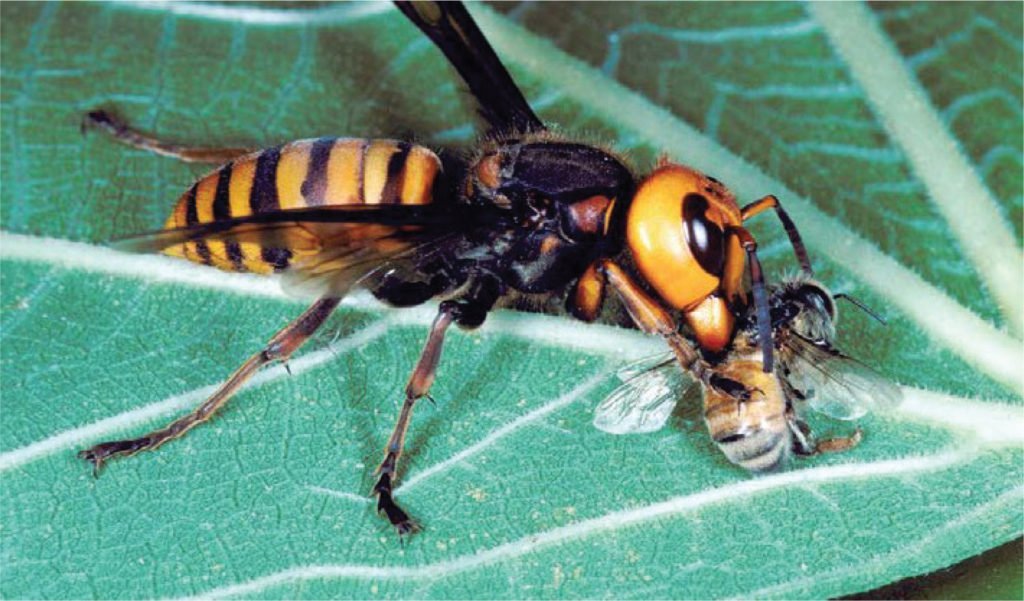According to officials, Washington state has verified its second “murder hornet” sighting of 2021 — the first sighting of a live one.
A Whatcom County citizen reported the sighting on Wednesday, just two miles from where the WSDA eliminated the first Asian giant hornet nest discovered in the United States last October.
Scientists discovered a dead hornet north of Seattle two months ago, making it the first murder hornet discovered in the United States this year.

“This hornet is exhibiting the same behavior we saw last year – attacking paper wasp nests,” WSDA managing entomologist Sven Spichiger stated in a media release.
“If you have paper wasp nests on your property and live in the area, keep an eye on them and report any Asian giant hornets you see. Note the direction they fly off to as well,” he continued.
Paper wasps are significantly smaller than Asian giant hornets, and they build their nests out of papery material made from dead wood and plant fibers, as well as their saliva.
Their nemesis, a 2-inch-long intrusive hornet, was discovered along the US-Canadian border in December 2019.

The insects are the world’s biggest hornets and have earned the nickname “murder hornet” since they are said to be responsible for up to 50 deaths in Japan each year.
The Asian giant hornet, which is native to Asia, is a threat to honeybees and native hornet species. If left unchecked, hornets may kill a honeybee hive in hours by feasting on the larvae and decapitating bees in what scientists term their “slaughter phase,” in which they feed ripped body parts to their own young.

While they are not vicious towards people, their sting is highly severe. According to one expert, it felt like “having red-hot thumbtacks being driven into my flesh”. The sting might cause kidney failure and death.
In addition, hornets can inject venom. Chris Looney, a WSDA entomologist who was assigned with vacuuming the hornets in October, donned goggles during the removal procedure, adding, “I was more worried about getting permanent nerve damage in the eye from the squirted venom than being stung”.
In reaction to the most recent sighting, the WSDA said that they will put up live traps in the region in the hopes of tagging one and tracing it back to its nest.
The British Columbia government will respond accordingly, given the sighting occurred around half a mile from the US-Canadian border.
Despite their size, Asian giant hornets are extremely difficult to find since they like to live in forested environments.
“Because they’re an apex predator, they’re few and far between. And it doesn’t help that their nests are often underground,” British Columbia’s top beekeeper, Dr Paul van Westendorp, told the Guardian last year.

